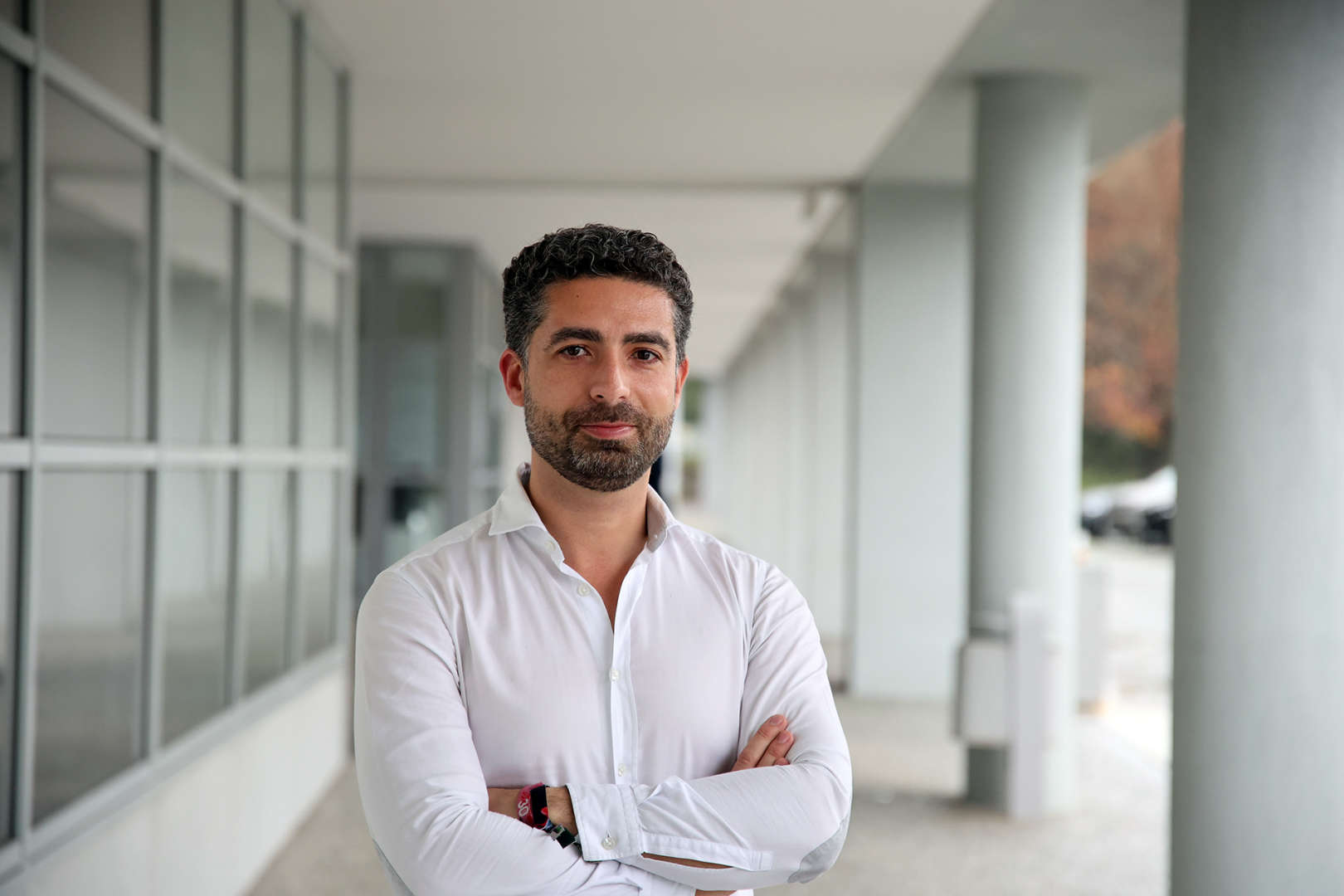About
Luis F. Teixeira holds a Ph.D. in Electrical and Computer Engineering from Universidade do Porto in computer vision (2009). Currently, he is an Associate Professor at the Department of Informatics Engineering, Faculdade de Engenharia da Universidade do Porto, and a researcher at INESC TEC. Previously, he was a researcher at INESC Porto (2001-2008), a Visiting Researcher at the University of Victoria (2006), and a Senior Scientist at Fraunhofer AICOS (2008-2013). His current research interests include computer vision, machine learning and interactive systems.


